November 30, 2021
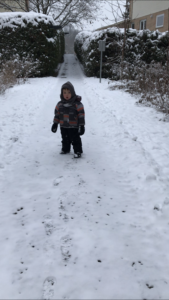
On Thursday, there was a large puddle on the path. The children spent time splashing the puddle, picking up rocks from the path and dropping them in the puddle. Tuesday when we returned to the forest, 2 of the children repeatedly said the word “puddle!” as the group entered. One child led an educator along the path to the area where the puddle was previously located. “Where’s the puddle?” the child asked as they turned around towards the educator, looking at the ground. “Where did it go?” the educator replied. The child did not answer and continued to walk forwards.
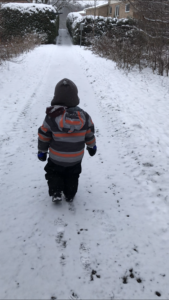
The child walked down the path to the hedge line and stopped. They turned around and said “hmmm, hmmm”. “The educator asked “Where did the puddle go?” the child replied, “yeah,” and turned around, then mumbled “it’s missing!” The child walked back to the spot where the puddle was, jumped up and down one time and said “snow!” The child turned and looked behind them and repeated “missing, puddle missing.”
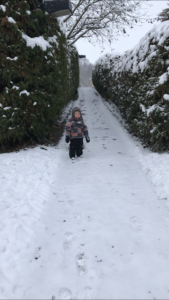
Another child walked over and pointed to the ground. “Puddle missing,” the other child told them. They stood and looked in different directions. “This way,” the child said, and they led the other child down a different path along the hedges. When they got to the end of the hedge, the child turned around and said “no puddle!”. They turned around and walked back to the main path.
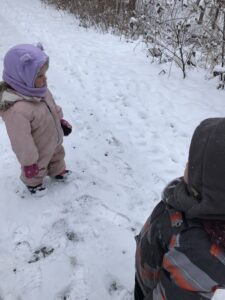
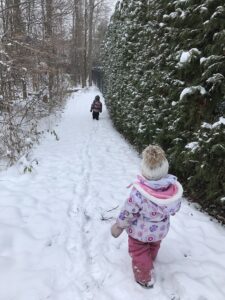
So What?
- Recalled the area where the puddle was previously located
- Identified that there was snow on the ground where the puddle should have been
- Recognized familiar area and paused when the child reached the end of it
- Concluded that the puddle was missing after it was not observed
- Hypothesized that it could be in a different location
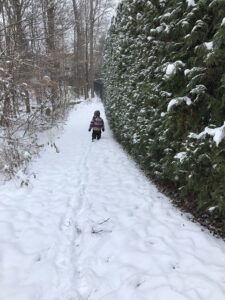


Now What?
- Draw a map of the forest; where are the landmarks located?
- Measure how big the puddle is
- Drop snow into a puddle- watch what happens
- Record temperatures and weather conditions on each forest visit

